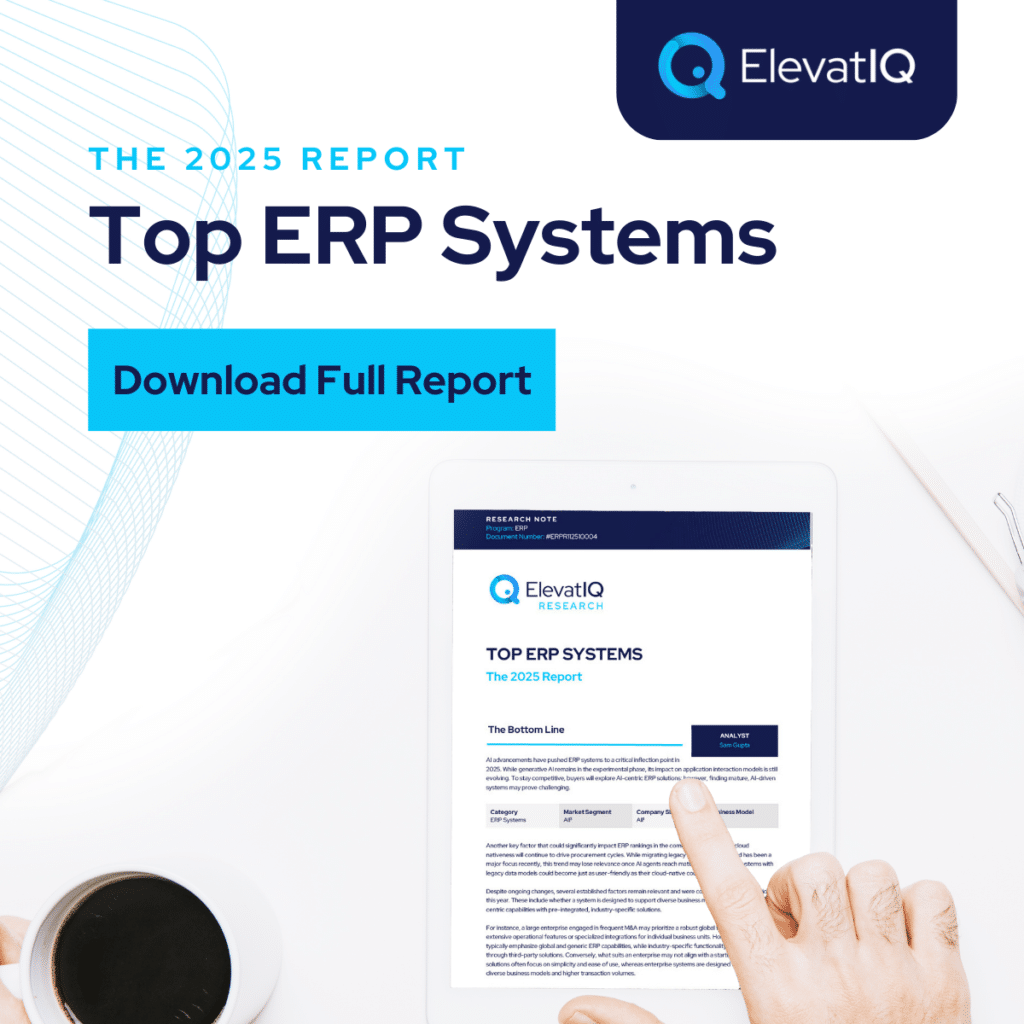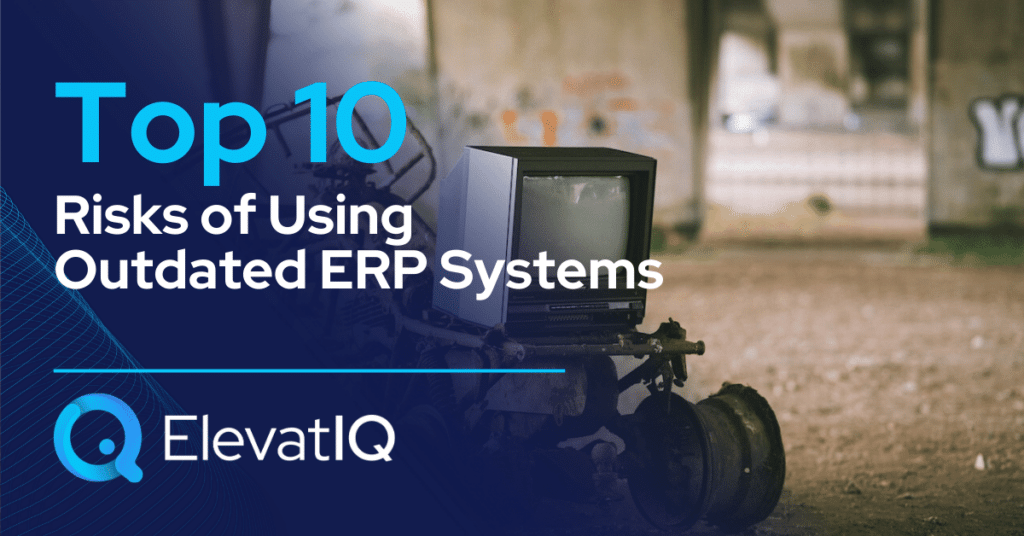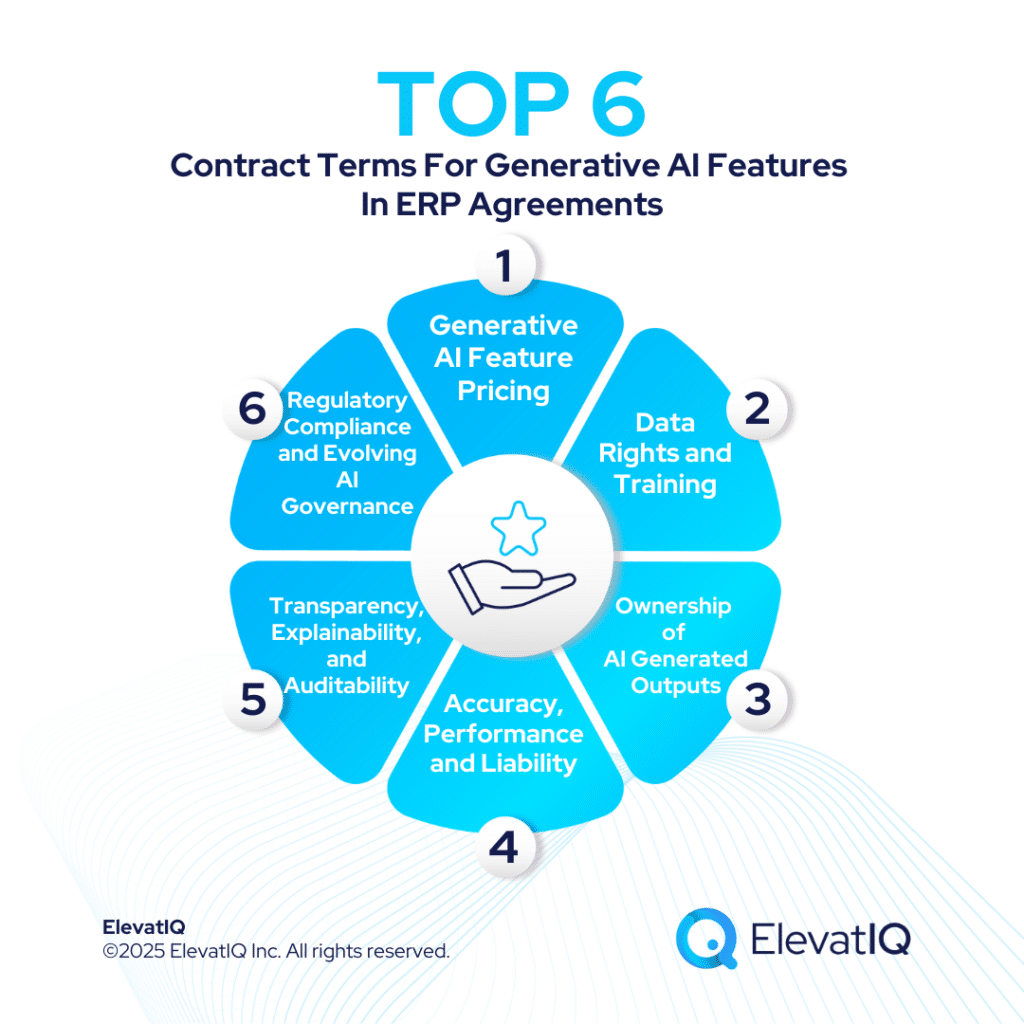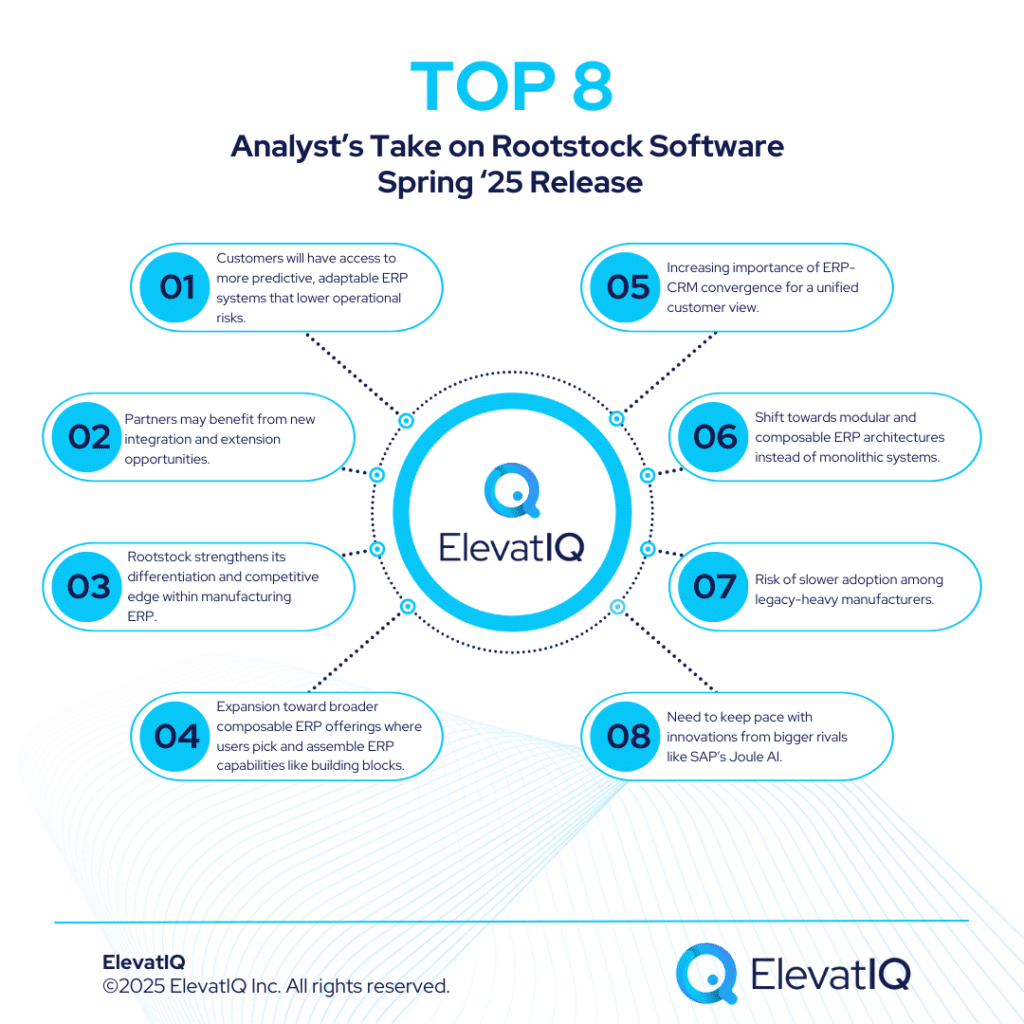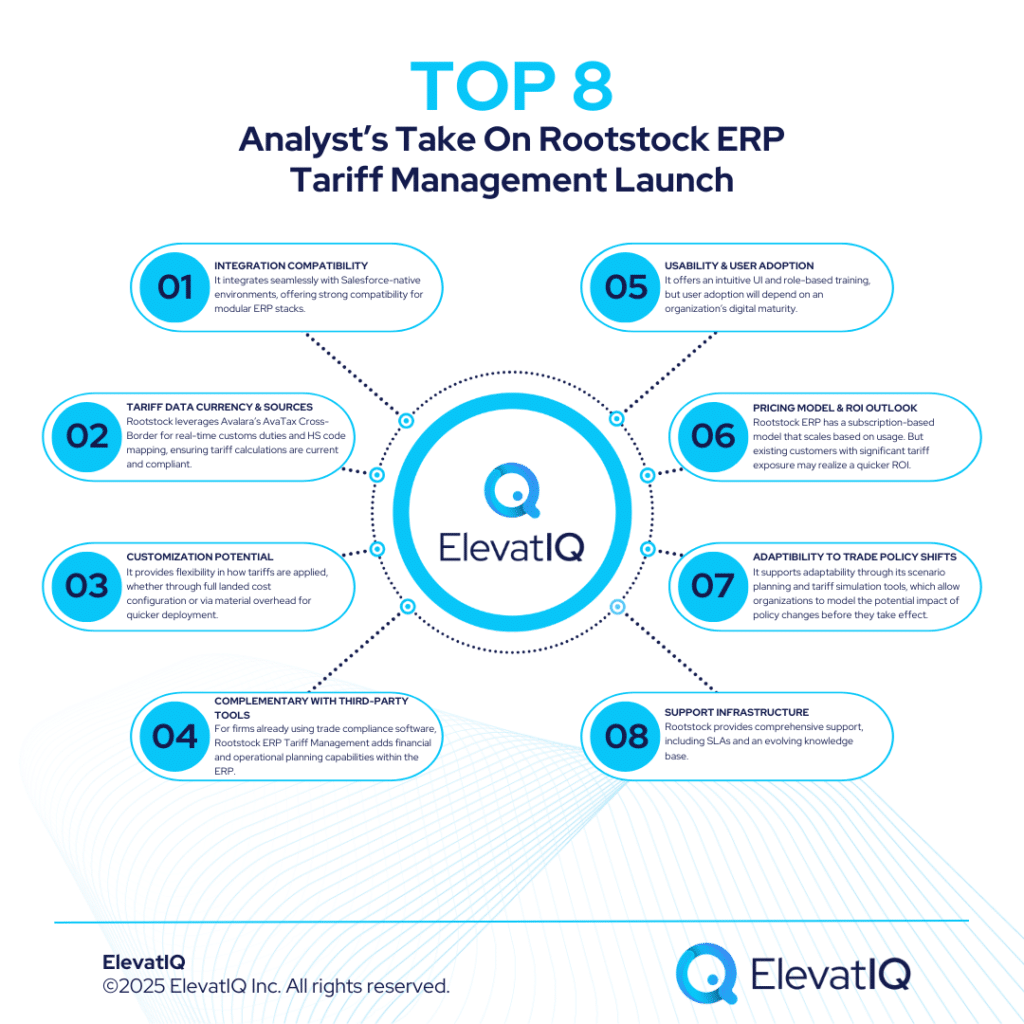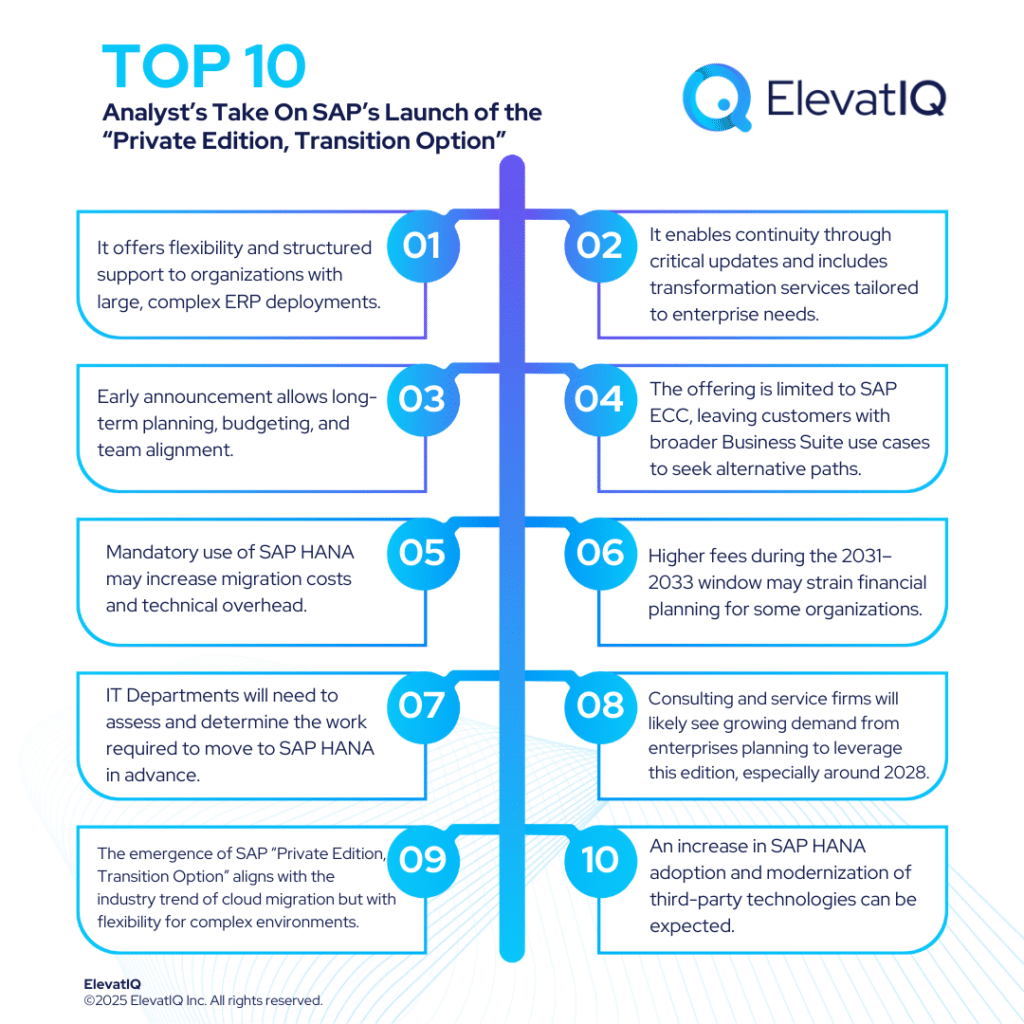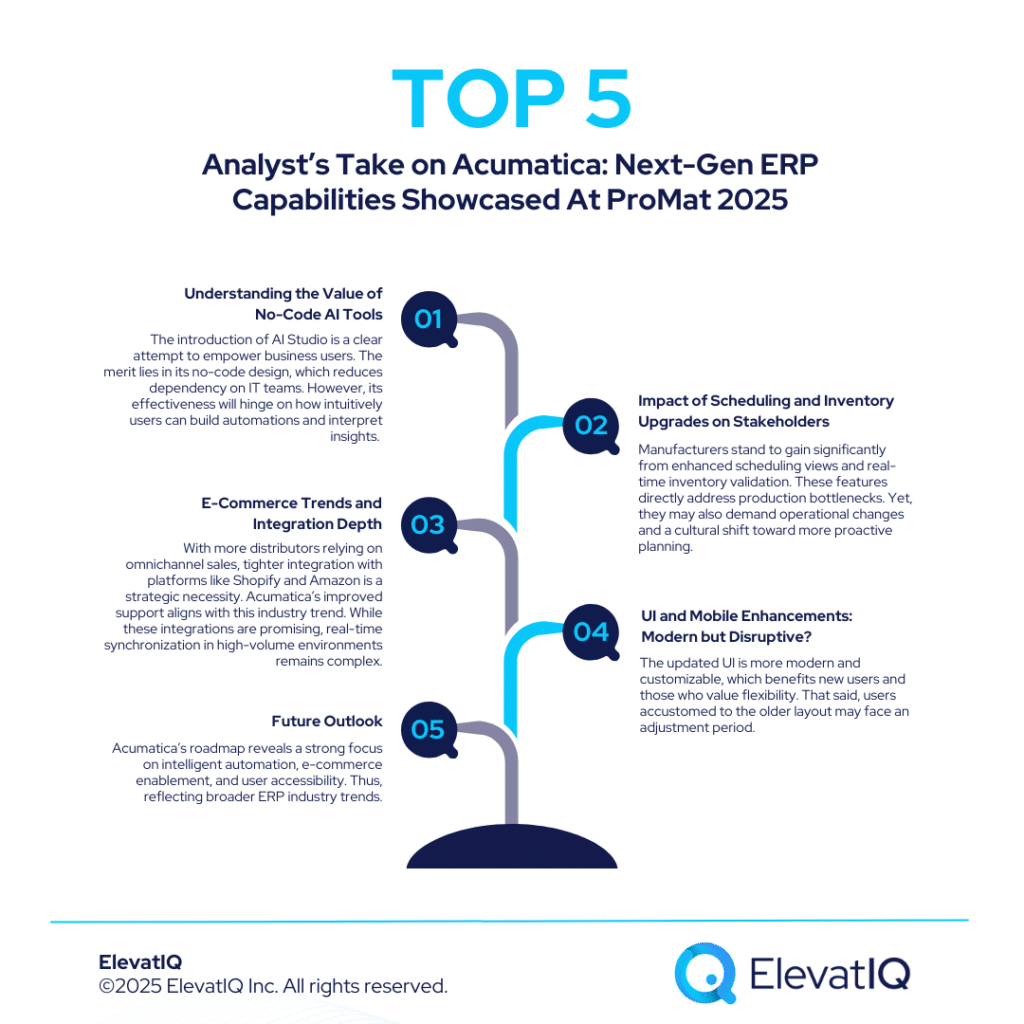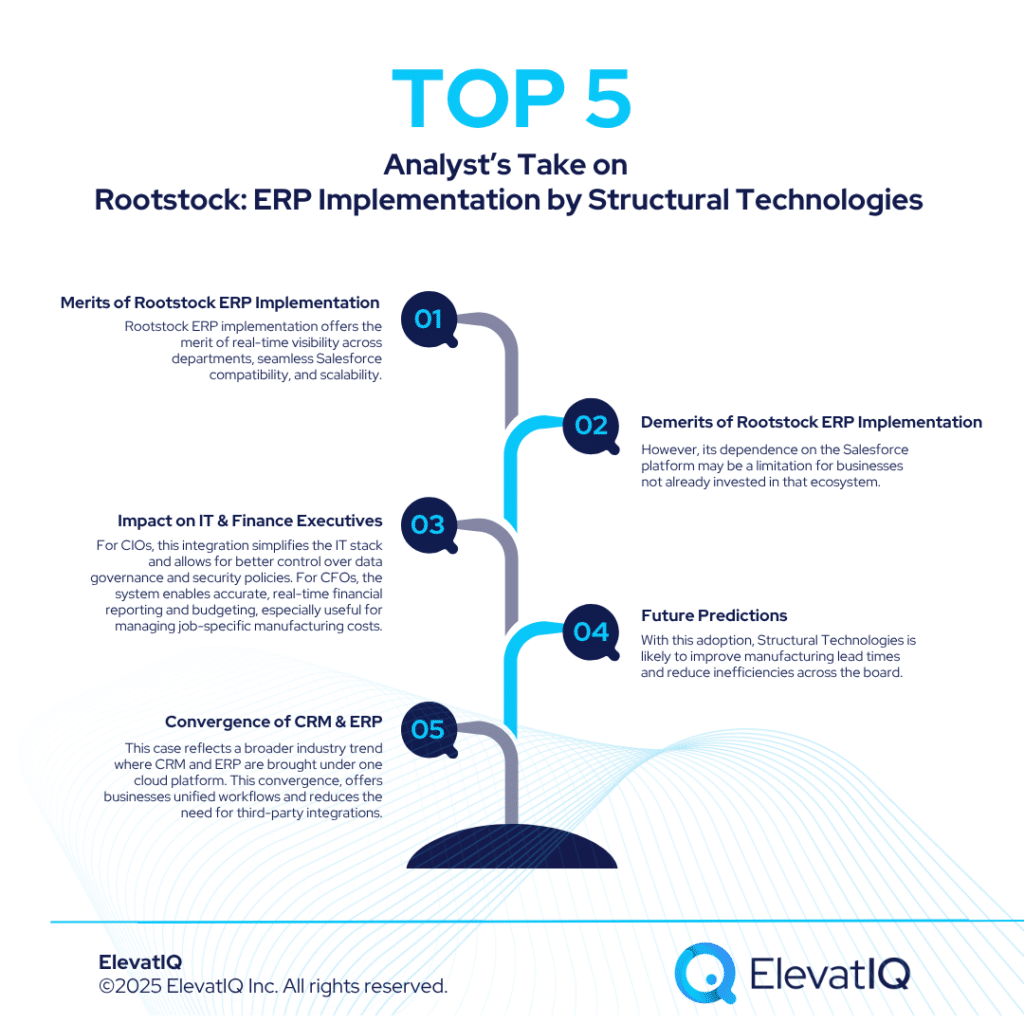Last Updated on March 26, 2025 by Sam Gupta
The market is flooded with dozens of outdated ERP systems (confusing to the extent that they use vendor names to refer to a product, as keeping up with millions of products is nearly impossible), including Macola, SAP R3/ECC, and Point.Man, as well as older versions of Syteline and Epicor. Legacy ERP products from publishers like Sage, IBM, Oracle, and Microsoft are also prevalent. These outdated systems span across various publishers and product categories. In some cases, the ERP publisher may no longer support these products or versions, or they may have even been advised to discontinue support altogether.

As the cost of supporting legacy versions rises due to a shrinking install base (having a handful of installations for a product isn’t uncommon in the ERP industry), vendors often employ various strategies to encourage customers to migrate to newer versions. In some cases, these warnings may simply be tactics to nudge you toward the version they prefer. However, not all publishers operate the same way. For some, the decision to phase out support is genuine, as maintaining these products or versions may no longer be financially viable. The install base may have dwindled to a point where the cost of upgrades and maintenance is no longer justified. Failing to understand the product life cycle can have repercussions. Consider the car market—what automotive manufacturer do you know that supports a car or model indefinitely? None, would you not agree?
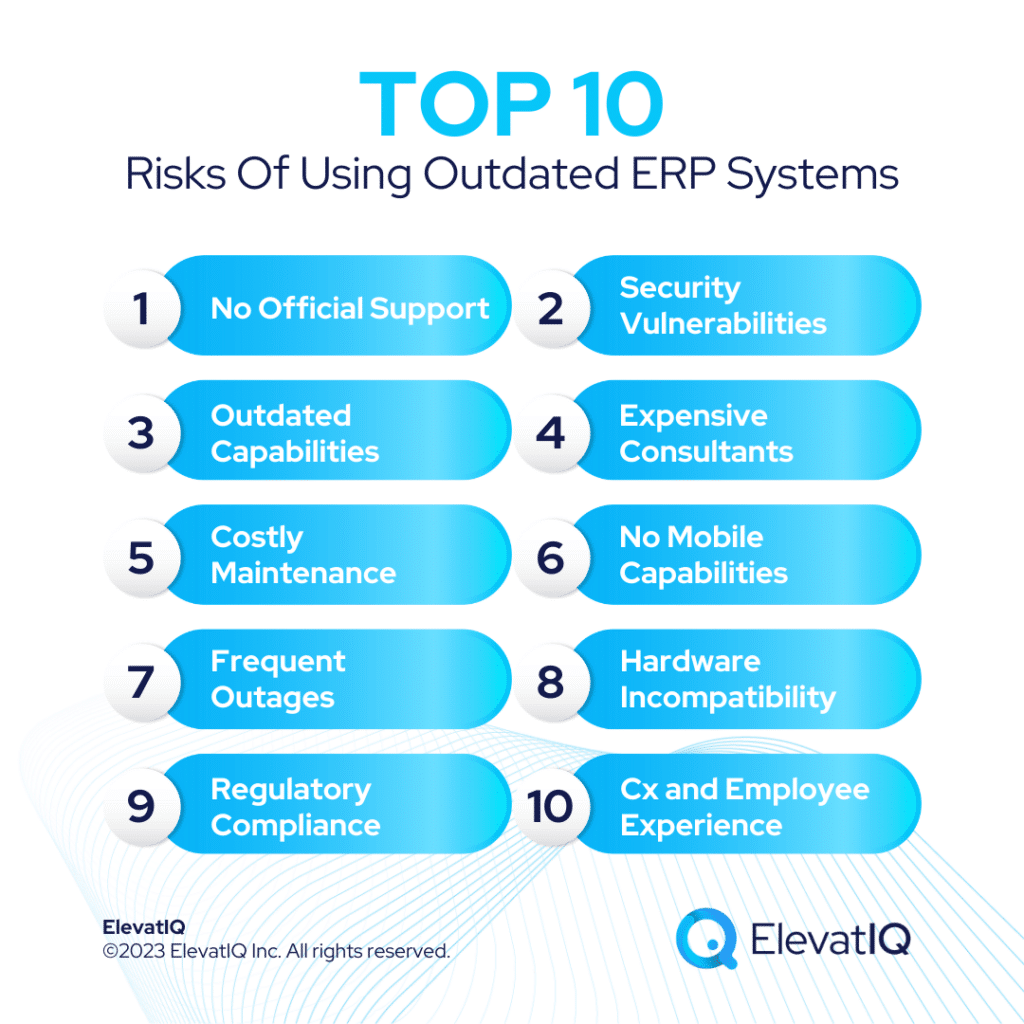
Now that we agree most products have life cycles—and for good reason—it’s wise to embrace and evaluate the risks of using a product against the producer’s recommendations. Yet, that’s not always how life works, so why do businesses choose to stick with outdated software? There could be several reasons. Perhaps it’s the belief that the old software no longer incurs costs. Or maybe the memory of a difficult and disruptive ERP installation still lingers. Another factor could be the advice of a consultant who discourages upgrading. Finally, it might simply be a lack of understanding of the risks and benefits associated with upgrading.
1. No Official Support
Tip: If you are still lucky to have support from your publisher on the outdated ERP systems that you are using, you may want to skip this section and move to the next.
Some consultants may argue that lack of official support isn’t a concern, but support from the publisher remains critical. Why? An ERP system is essentially a black box, and only the OEMs truly understand its inner workings—or should be the ones addressing serious product issues. While you might find workarounds or apply temporary fixes, the long-term behavior of the system becomes unpredictable. These improvised solutions could have unintended consequences.
To put this into perspective, official support is like a manufacturer’s warranty or the support provided with a car. Sure, you might take your car to a local mechanic for minor repairs, even if they aren’t certified or endorsed by manufacturers like Honda or BMW. However, when a major issue arises—such as engine or transmission failure—the mechanic may not be equipped to handle it, leaving you without reliable support. You can’t afford to take such a gamble with financial software, which functions as the “brain” of your company. Imagine the consequences if your company’s brain were to malfunction.

2. Security Vulnerabilities
Outdated ERP systems leave you vulnerable to security risks because the core software is no longer being updated. Why is this a serious concern for financial software? Financial applications hold sensitive and confidential data about your company and its customers. If this data were to be compromised due to a security vulnerability, the financial and reputational consequences could be significant—risks that no business can afford to overlook.
To illustrate this, consider security updates like annual flu shots. Just as flu shots are a preventive measure to protect you from evolving flu strains, security updates protect your software from emerging threats. Each year, new strains of flu viruses are identified, requiring the vaccine to be updated—and the same principle applies to software. With official support from the OEM, they monitor new strains of computer viruses and security threats, providing regular updates to keep your system protected.
You definitely don’t want to catch the “ERP flu,” especially if you’re not accustomed to handling it. So far, your publisher has shielded you by providing preventive upgrades to keep your system protected.
3. Outdated Capabilities
Explaining or showcasing software capabilities can be challenging because, for many, software feels like a vast black box. Similarly, it’s not always easy to convey why the features you currently rely on might be outdated. A helpful analogy is to think about cars: you’d probably agree that driving a 1992 Nissan would be a vastly different experience compared to driving a 2020 model.
If we asked you to compare these two models, some casual users might point out that the design of the older model isn’t as appealing, or they might assume that the 2020 version is obviously better. On the other hand, those with a bit more technical knowledge might highlight differences in safety ratings, engine power, or transmission quality. Regardless of their level of expertise, however, both groups would likely agree that the 2020 model outperforms the 1992 version, offering enhanced capabilities due to technological advancements and improved design.

4. Expensive Consultants
In the consulting market, consultants are eager to work with the latest and most cutting-edge technologies, as it boosts their resumes. They aim to capitalize on emerging trends by becoming early adopters before the market gets saturated. The same logic applies to older products and technologies. When an OEM shifts its strategy, consultants typically move away from outdated ERP systems to avoid having their resumes become obsolete. Those who remain to support these legacy systems will likely charge significantly higher rates due to the scarcity of qualified experts.
There’s no way to avoid this; it’s simply how the talent market operates, driven by supply and demand. To avoid ending up in a tough spot, the best course of action is to upgrade your product as the market evolves. Otherwise, you could find yourself stuck with a 1992 car and a broken transmission, with only a few expensive experts able to fix it. The difference with ERP systems is that, while replacing a car carries minimal risk, the stakes are much higher with ERP systems. The risks include business disruption and potential financial loss.
5. Costly Upgrades and Maintenance
Older systems demand more time for troubleshooting and extended maintenance since they’re no longer being updated by the OEM. The reason people upgrade their cars isn’t just for prestige—it’s because maintaining an older car becomes more expensive. Maintenance costs can sometimes exceed the cost of purchasing a new one. ERPs are no different.
How many 1992 cars do you see on the road today? And if you don’t drive one yourself, why would you risk using outdated ERP systems? I’m sure you’d agree that sticking with such an old system is far from a smart decision.
6. No Mobile Capabilities
When older technologies were created, mobile devices were not as widespread, so they weren’t built to be compatible with them. In contrast, modern cloud software provides the flexibility to access your system from anywhere, on any device. This means you can have real-time insights right at your fingertips, along with the ability to manage your ERP from a mobile phone.
7. Frequent Outages
A 1992 car is less likely to be reliable and may break down frequently, and the same holds true for your ERP system. Since the software isn’t being updated, it’s prone to malfunctioning, and your consultants may take longer to fix issues because they might not be familiar with what’s causing the problems. This could disrupt your business processes, preventing you from fulfilling orders or generating invoices.

8. Hardware or OS Incompatibility
Even if your consultants manage to find workarounds for the software, it may not be compatible with newer database versions. This could lead to issues where the software doesn’t function properly with the latest operating systems or hardware.
9. Challenges in complying with regulatory requirements
Modern software typically updates automatically to reflect changes in laws and regulations, such as updates to PCI compliance, data security, new tax laws, and accounting rules. By using outdated software, you not only miss out on these essential updates, but you also risk facing significant fines for non-compliance with these regulations.
10. Customer and Employee Experience
Regardless of whether you’re a small or large business, today’s customers have similar expectations to those of Amazon when it comes to their experience. They value reliability and traceability with their orders, and they prefer to engage with businesses that are predictable and trustworthy. Using risky software, however, introduces unpredictability, undermining your ability to deliver with credibility.

The same goes for employee experience. Millennials grew up using mobile devices and social media platforms like Facebook. They’d rather work for your competitors than struggle with outdated, clunky software. With talent already being hard to find, you don’t want your software to be the reason you lose top candidates.
Conclusion
Switching from outdated ERP systems requires extensive planning, and to avoid being caught off guard, it’s wise to align your ERP upgrade process with current market trends. Skipping a model or two isn’t the end of the world, but driving a 1992 car is far from a smart choice.
Your first step should be to check if your current software is still supported by the OEM and explore your options if support has been discontinued. Independent ERP Consulting firms like ElevatIQ can assist with data migration and transition planning, helping you avoid potential issues down the road.
